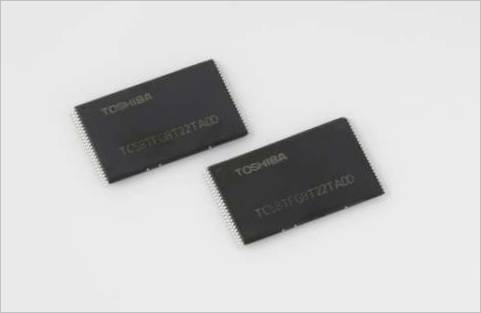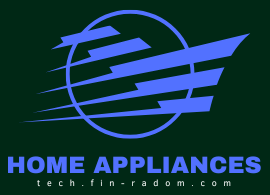New York, August 5, 2015.- Toshiba introduces new generation of Bics Flash chips
based on three-dimensional memory cells. Novelty is the world’s first 256-gigabit 32-gigabyte 48-layer Bics device
and uses advanced TLC technology with three bits in each cell. Sample shipments will begin in September 2015.

48-layer Bics Flash memory chips
256Gbit™ capacity – Innovative three-dimensional structure has increased the performance and capacity of the new media
Bics Flash chips are built using an advanced 48-layer packaging process, resulting in significantly increased memory capacity, improved read and write reliability, and faster operation compared to 2D NAND Flash memory. New 256-gigabit chips are suitable for a variety of devices – SSDs, smartphones, tablets and memory cards, as well as enterprise SSDs for data centers.
Toshiba announced Bics Flash in 2007 and has since continued to optimize the technology for mass production. The Japanese manufacturer believes the flash memory market will grow significantly next year, so it actively advocates the move to Bics Flash. Product lineup of new chips includes the highest capacity models for the most demanding applications, such as SSDs.
Toshiba prepares to start mass production of Bics Flash in its new Fab2 facility Yokkaichi Operations. Fab2 factory, which is focused on flash memory chip production, will be completed in the first half of 2016.

What are the key features and benefits of Toshiba’s latest 256 Gb, 48-layer Bics Flash™ memory chips? How do they compare to previous generations in terms of capacity, performance, and durability? Are there any anticipated applications or industries that will greatly benefit from these advanced memory chips?